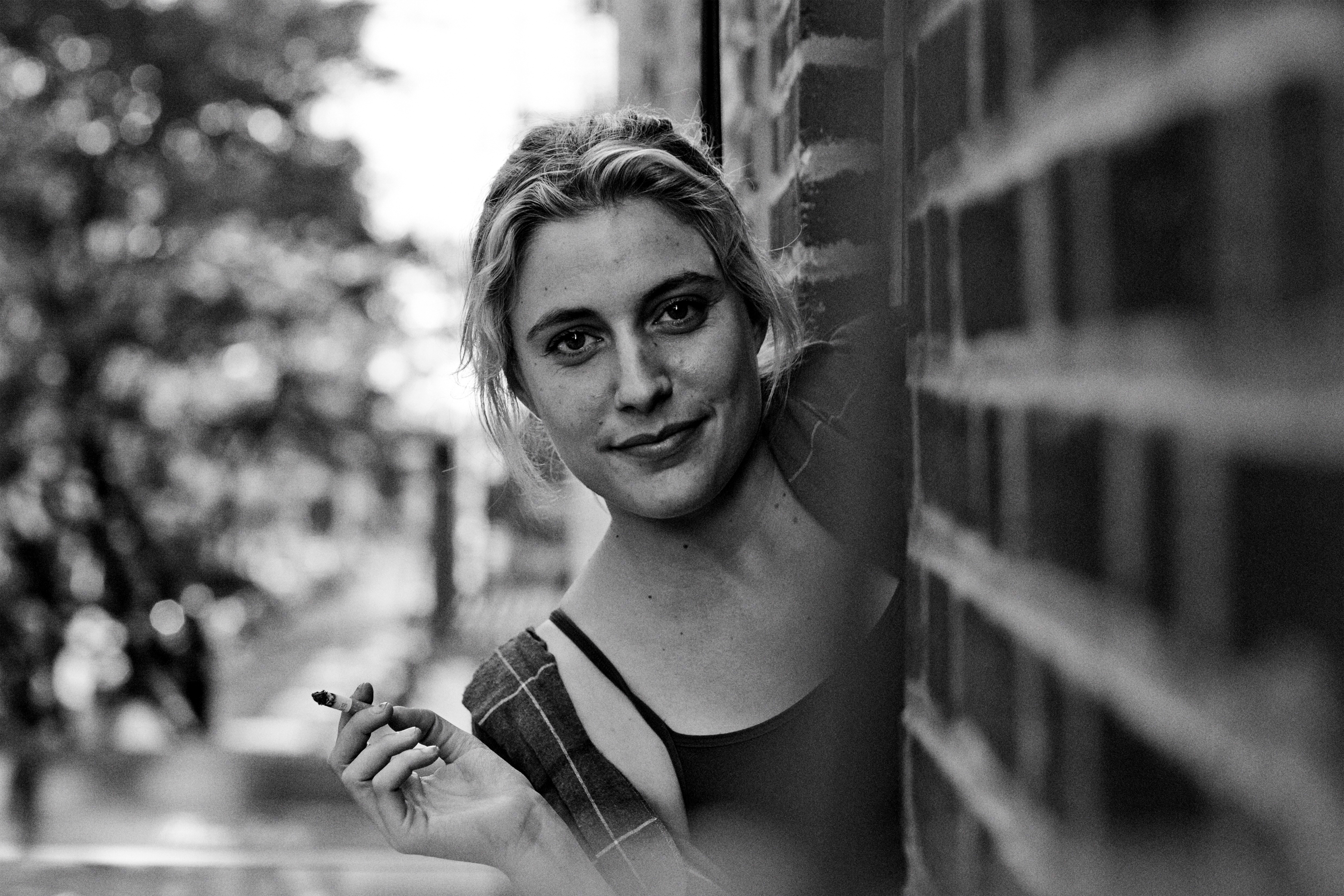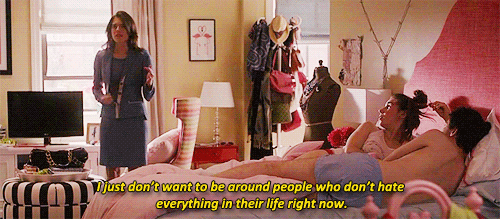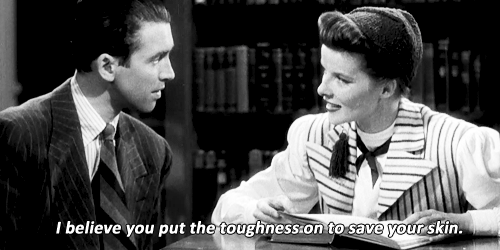Why There’d Be No ‘Frances Ha’ Without Rachel Green
The changing face of women on screen, from Friends to Frances Ha.

It started with Rachel Green. In 1994, Generation X was in full swing: Reality Bites was a huge hit, alternative music wasn’t quite alternative anymore, and it was suddenly very uncool to be cool. But when Rachel Green, as played by Jennifer Aniston, waltzed into Central Perk decked out in a wedding dress in the pilot episode of the soon-to-be-iconic but as yet still glaringly underrated sitcom Friends, the idea of what defines a young, modern woman officially reached the mainstream. Throughout that series’ ten-year run, Rachel endeared herself to audiences (and hairstylists) as she struggled with a world she didn’t quite understand, failing frequently on her path to becoming an independent adult.
It sounds preposterous, but think about it. How many young women on television had been portrayed that way? The strong-willed likes of Dorothy Zbornak (Bea Arthur in The Golden Girls), Murphy Brown (Candice Bergen in Murphy Brown) and Mary Richards (Mary Tyler Moore in The Mary Tyler Moore Show) hailed from entirely different ages and generations, while most other women on TV at the time were already married (Helen Hunt in Mad About You), mothers (Roseanne in Roseanne), or both (Katey Segal in Married… With Children). Rachel and the rest of the Friends clan were a new breed of younger, single, emotionally-fumbling twenty-somethings trying to figure out their place in life one episode at a time.
The tradition continues in Frances Ha, a new comedy from director Noah Baumbach about the pitfalls of being a modern woman. Greta Gerwig stars as Frances Halladay, a dance teacher who choreographs her own routines that she then performs in Central Park for loose change. Typical of many people her age (perhaps especially those in New York City pursuing artistic endeavours), she’s poor, shifts from apartment to apartment at the drop of an eviction notice, fights jealousy at friends’ success, finds her sense of humour leaving bad impressions on strangers, and lies to herself and her friends to stem the growing realisation that she’s making bad life decisions.
Baumbach has a penchant for cold, unsympathetic characters — think Nicole Kidman’s Margot in Margot At The Wedding (2007) or Ben Stiller’s Roger in Greenberg (2010) — but co-writing with new go-to muse Gerwig has refined these tricky, complex characters into something charming. I’d be lying if I said I didn’t frequently see my own 27-year-old existence in Frances, which made for uncomfortable viewing. Still, it’s an exquisite portrayal of modern-day New York and beautifully filmed in black and white. One sequence set to David Bowie’s ‘Modern Love’ is the personification of joy.
Run the world (Girls)
It’s not just Frances carrying the torch. Lena Dunham and her Girls have blazed a trail for two seasons on HBO with a show that relishes in the fact that its characters have dichotomous personalities that don’t fit inside pre-ordained boxes. Dunham’s own Hannah Horvath is a confounding character who swings from funny to sad, pitiful to infuriating, cruel to sweet (so, just like a real human being then), while Allison Williams’ Marnie Michaels found her life had gone astray in the second season after losing her job and being genuinely unsure whether that was a bad thing or not.
Gerwig and Dunham are two of the most prominent examples of this trend. Both hail from the much ballyhooed ‘mumblecore’ movement of the mid-to-late ‘00s that saw new filmmakers using micro-budgets to bring intimate stories focusing of dialogue and character to the screen. I recall the disabled vintage fashion retailer and her twin sister in Andrew Bujalski’s Beeswax (2009), the apathetic teenagers in Aaron Katz’s Dance Party USA (2006), Bradley Rust Gray’s The Exploding Girl (2009), which focused on an epileptic woman’s struggle with a sudden break-up, and Dunham’s own Tiny Furniture (2010), in which an unmotivated college graduate moves back in with her artist mother.
The new-age rom-com
Frances Ha, Girls and others like it have helped bring complicated women to the screen, at a time when the internet has given vocal sexists an even bigger playground in which to plant their flag for heteronormative values. A lot of these products work as unconventional, less-fanciful incarnations of the classic romantic comedy, a genre that used to be full of smart and witty women who could keep up with the men at every turn. Think Katharine Hepburn in The Philadelphia Story (1940) and Bringing Up Baby (1938), Claudette Colbert in It Happened One Night (1934), and Rosalind Russell in His Girl Friday (1940); they’re as far from Katherine Heigl’s shrill characters as you can get.
But nearly 20 years after Rachel Green and her Friends took the shame out of being a fuck-up (albeit in unattainably fantastic apartments), we’re finally seeing a regular stream of young female characters in film and TV that allow themselves to exist without the concept of perfection dictating their every move. These new filmmakers are bringing sensitivity to the anxieties that all young adults go through, and Frances Ha is a refreshing example.


